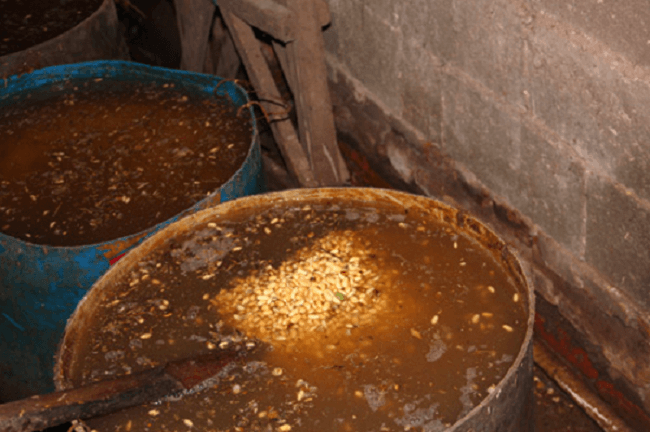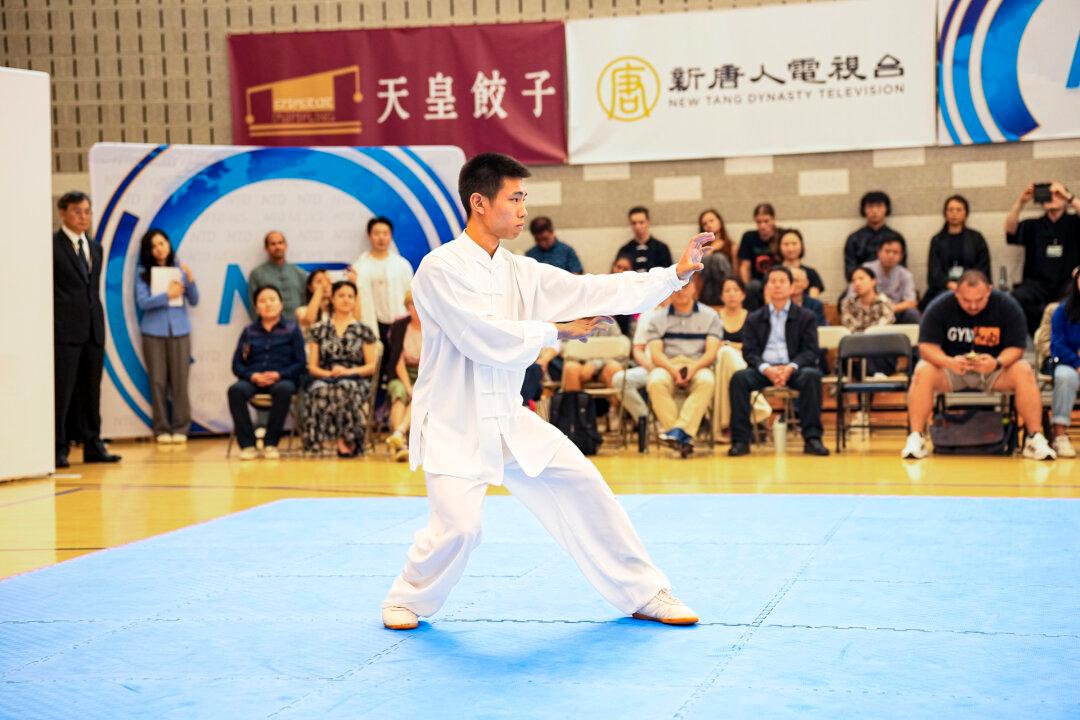It’s commonly said of “stinky tofu,” a fermented tofu in China with a strong odor, that “the taste is delicious despite the smell.” But the scandalous news associated with the production of stinky tofu in China has caused many to have second thoughts about even the taste.
In 2012, for example, Sina News ran an article with the confession of a stinky tofu maker:
“Every time nature calls, I put my excrement in plastic buckets instead of the toilet—it’s like treasure. After adding water, I put the tofu in it for two or three days. This tofu smells like nothing else. If I don’t do it this way, it'll take too long for the tofu to ferment naturally—how am I going to make money that way? But all the same, lots of people likes the stinky tofu I made, saying it’s plenty stinky and has a strong taste. It’s definitely weird.”





